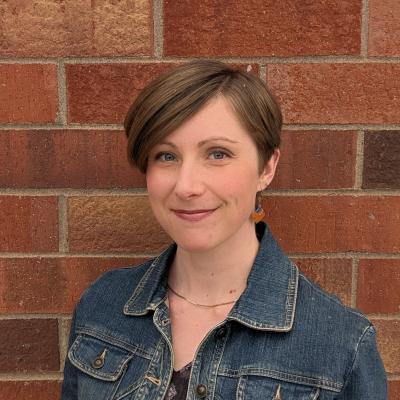Fire Effects on Watersheds Across the Western U.S.
PhD candidate Brittany Lopez Barreto describes her work in using remote sensing to assess water quality of California reservoirs and waterways.
Title: Fire effects on watersheds across the Western US
Speaker/Facilitator: Brittany Lopez Barreto (UC Merced)
Abstract: Water supply is decreasing in alarming rates globally, especially in areas with a high population, and what is even more scarce is safe drinking water. What is known about the relationship between lake water quality and fire is from a limited amount of case studies which are limited geographically since they are primarily conducted at or near the northern Rocky Mountains and boreal Canada. The case studies that have been done have primarily focused on one lake at a time or a few clustered lakes. From the limited case studies done, there is even less
pre- and post-fire data, which limits the understanding of ecosystem recovery after fire. Due to budget restraints and non-constant water quality monitoring, having a consistent record on various lakes is not possible. However, these restraints can be overcome via remote sensing. Remote sensing allows data collection from large spatial areas, including secluded areas, on a consistent temporal basis, which allows monitoring landscape changes over years to decades. In my talk, I will discuss remote sensing of water quality, specifically chlorophyll-a and cyanobacteria, and how to organize a large dataset in order to address specific research questions.
Speaker Bio: Brittany is currently a PhD candidate at UC Merced working with Dr. Erin Hestir in the Environmental Systems program. She previously got her B.S at UC Davis in Environmental Science and Management with a focus on watershed sciences. Her work investigates the effects of wildfire on lake and reservoir water quality in California. In order to study a large scale multi-decadal time series, she uses satellite data from Landsat and Sentinel-2 & 3 to measure turbidity, chlorophyll-a and cyanobacteria. This study incorporates multiple environmental and climatic variables (i.e land cover class, impervious surface, fire regime etc.) that may influence water quality changes to determine their degree of influence. She has also led field work and analyzed chlorophyll blooms at San Luis Reservoir, which is a major instrument in California’s State Water Project.

